The boat trips at the end of the year are not only bustling with the burden of food and clothing, but also filled with the nostalgic mood of the merchants.
For them, every day living with the floating market is a happier day. Because buying and selling on the river may just be a memory.
Buy with friends, sell with partners
When the last rays of sunlight gradually fade away on the Phung Hiep River (Ba Trinh Commune, Ke Sach District, Soc Trang Province), the boat of Mr. Nguyen Thanh Hien (Tu Hien) is also filled with fresh coconuts. He and his wife stand hesitantly on the boat, looking at the house right below the riverbank. The boat slowly cuts through the water, the house gradually disappears behind.
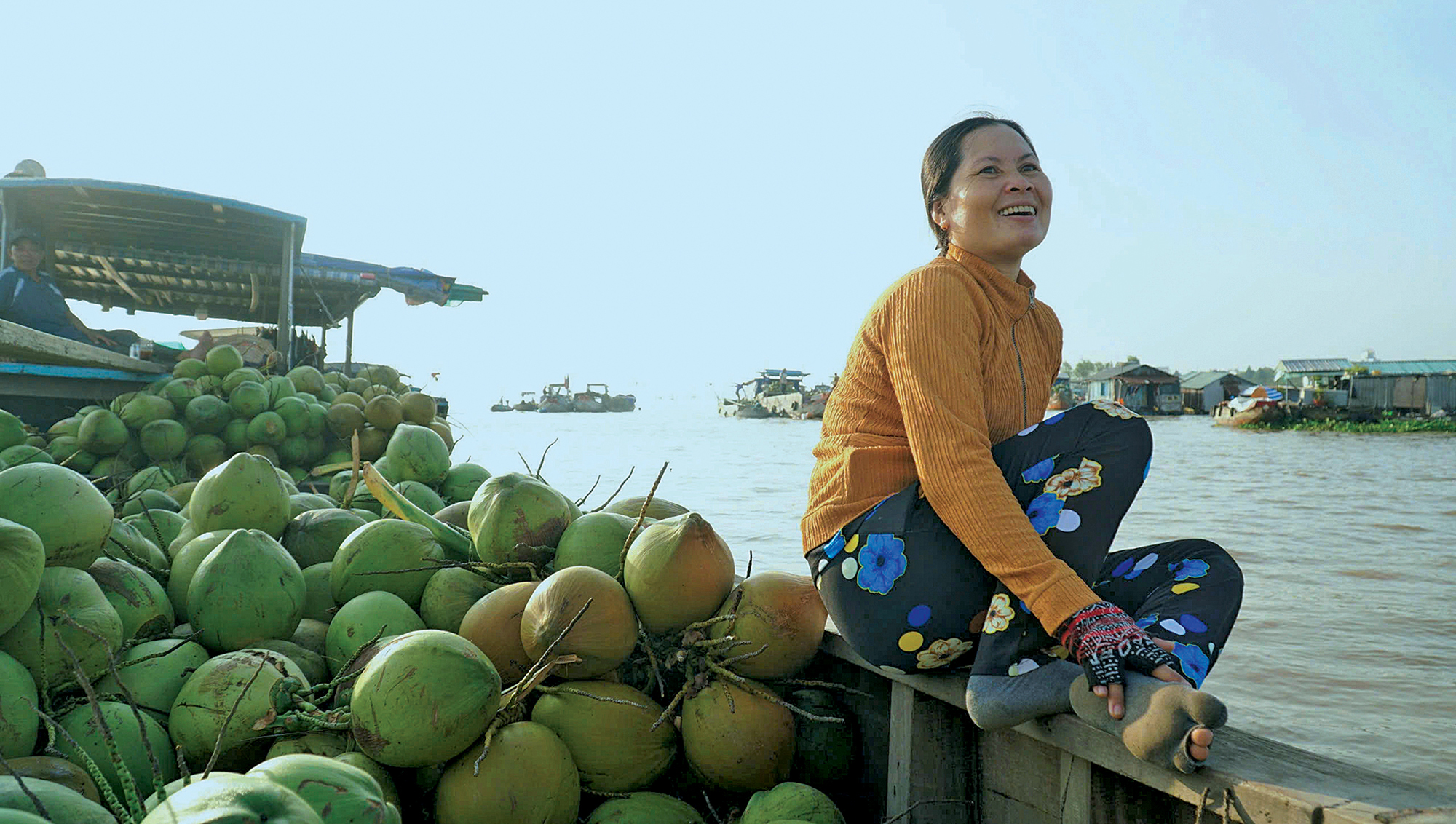
Long-time floating market traders like Ms. Ly Thi Bich Quyen say that the bustling year-end trading scene on the floating market will only be a memory.
While Ms. Phung was preparing a late dinner, Mr. Hien was driving and talking about his career as a merchant traveling to floating markets in the West to make a living. He said that there was also a floating market called Nga Bay - Phung Hiep near his house, but the water kept pushing him and his wife hundreds of kilometers away to find a market to trade goods.
"The item I trade is fresh coconut, and wherever you go in Phung Hiep and Ke Sach, you can find coconuts, so how can you sell them? I heard from traders that in the upstream areas like Long Xuyen and Chau Doc in An Giang province, coconuts are popular, so I decided to go and try it. And then, I have been attached to Long Xuyen floating market for more than 20 years, and I have become very familiar with my customers," Hien confided.
A simple meal was served, Tu Hien and his wife took turns, one person steering while the other quickly ate a bowl of rice. Most of the cargo boats moved on the river at night. If the current was favorable, it would take 10 hours, but if the current was against the current, it would take 13 hours to complete the 120km journey to Long Xuyen floating market.
"The 30-ton coconut boat is so full, but it only sells out in a few hours. When the sun rises above the pole, everything is gone. Whenever the goods are sold out, we weigh anchor, return the boat to the hometown dock to wait for more goods to sell," Mr. Hien shared.
Also a long-time trader at Long Xuyen floating market, Ly Thi Bich Quyen and her husband in Phong Nam commune, Ke Sach district, Soc Trang province, are busy going back and forth for the last shipments of December.
Quickly receiving the bunches of coconuts thrown by her husband, Ms. Quyen counted the quantity for her fellow traders while chatting animatedly. Beads of sweat rolled down her cheeks, but the female merchant always had a bright smile.
Sad scene of deserted market
Mr. Huynh Cong Danh, 52 years old, in Thoi Long ward, O Mon district, Can Tho has a 12-ton boat specializing in selling pineapples at Long Xuyen floating market. The job is quite hard because he has to go to the farmers' fields in Go Quao district, Kien Giang province to buy, weigh the goods and then transport them to the boat to go upstream on the Hau river to Long Xuyen floating market at night.
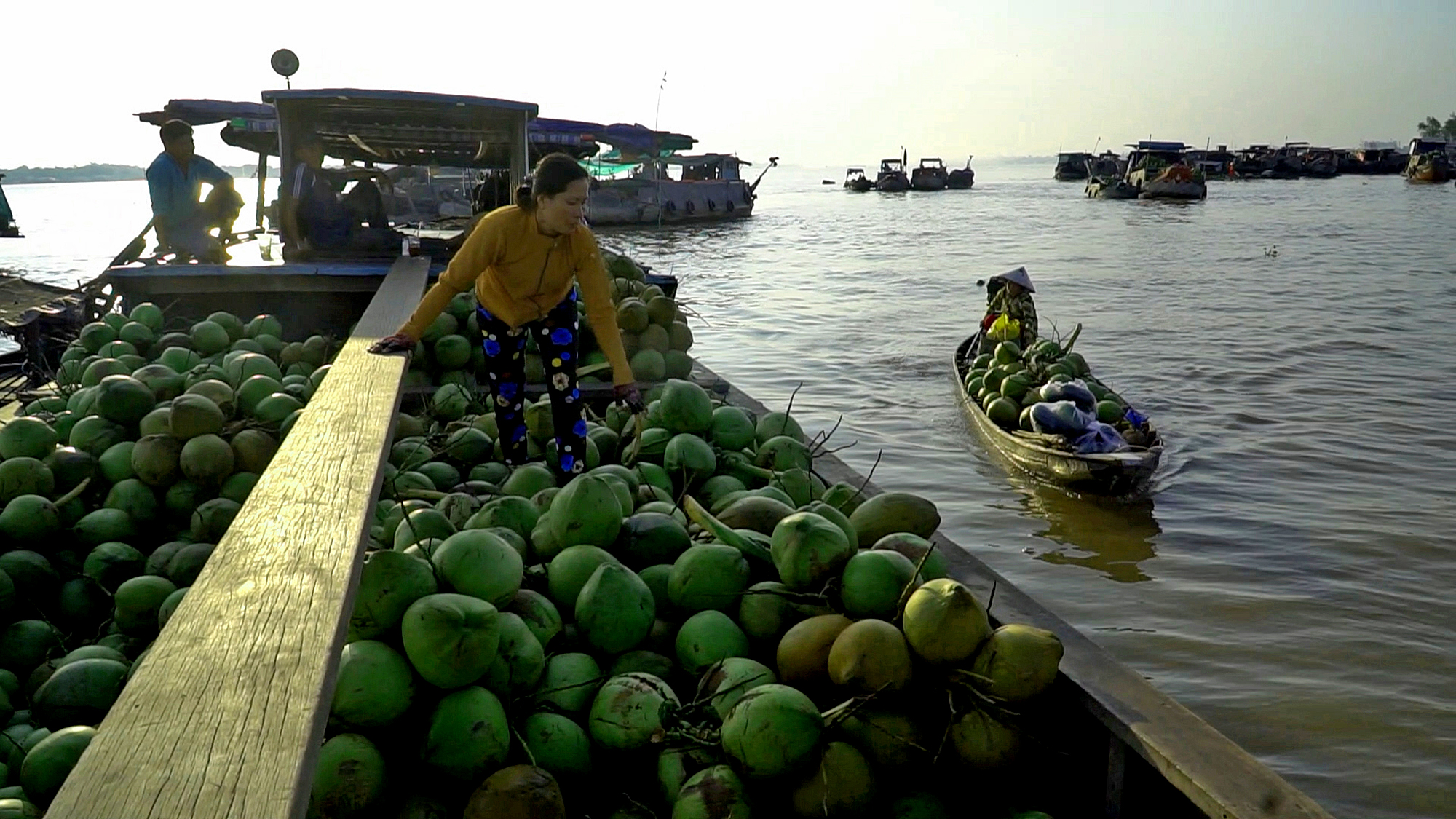
Long Xuyen floating market, Long Xuyen city, An Giang province is gradually ending its historical role.
30 years ago, Danh followed his father to Long Xuyen floating market to trade, then continued his father's business as a merchant. Danh and his wife could not remember how many times they could not return home in time for New Year's Eve, drifting on the river until almost dawn on the first day of Tet.
He said: "You can't predict when things are going to go well or poorly, that's normal. But as long as I can live in the floating market, I'm happier. With the current investment in road traffic development, markets and supermarkets will gradually end the historical role of floating markets in the near future."
Preparing to leave the boat, Ms. Ly Thi Bich Quyen could not help but feel sad when Tet was approaching but Long Xuyen floating market only had a dozen or so boats trading goods.
Once a symbol of prosperity in the Mekong Delta, Cai Rang floating market on the Can Tho River once had more than 500 merchant boats from all over gathering. But now, everything has gradually come to an end.
Just memories
Mr. Sau Can, a veteran merchant at this floating market, recalls that during prosperous times, cotton boats came in droves to buy, anchoring in rows more than a kilometer long, covering the entire stretch of the river.
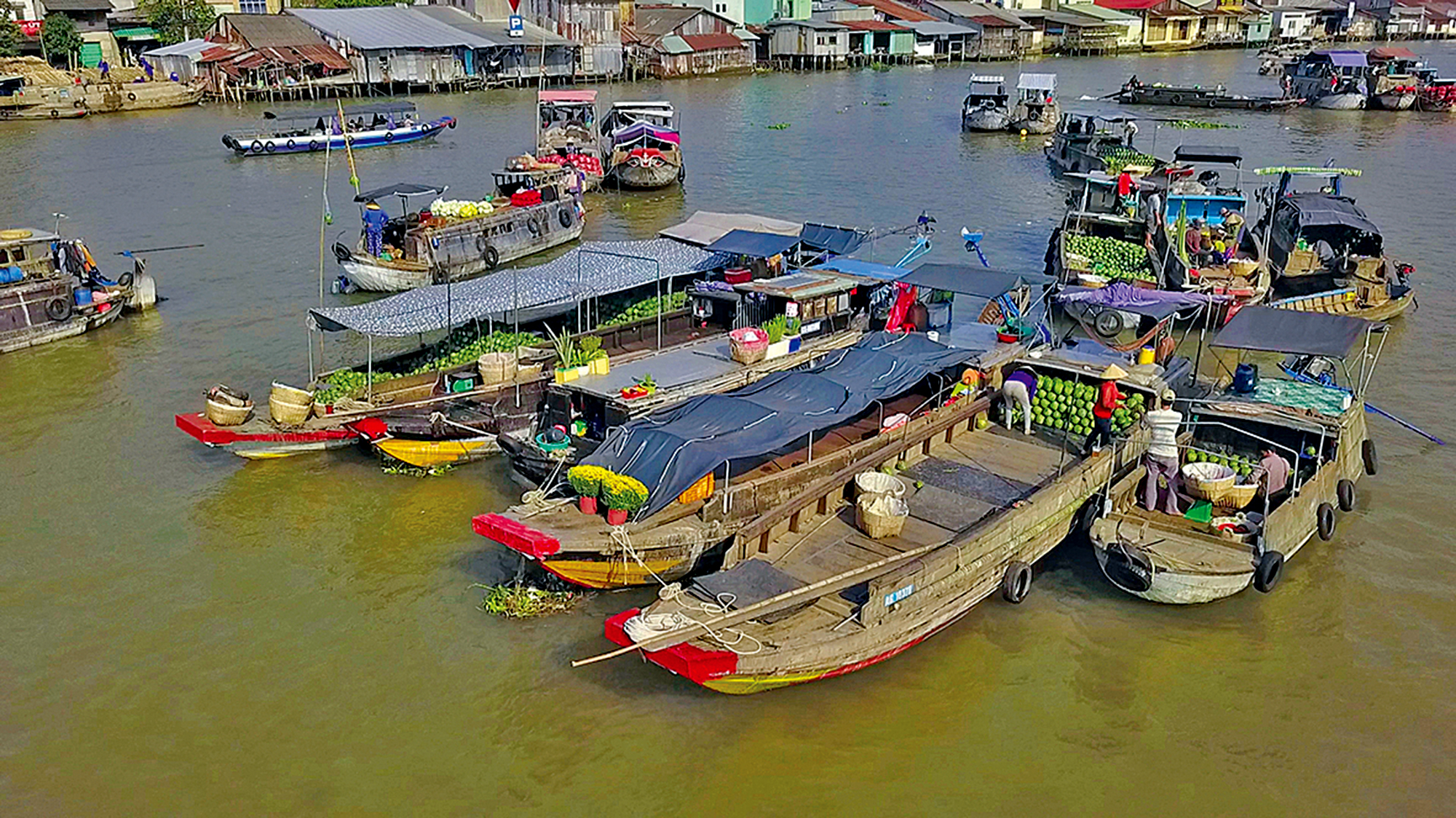
A group of boats anchored at Cai Rang floating market to sell goods but there were few buyers.
"On each boat there was a pole called a "cay beo", on which you hung whatever you wanted to sell. Back then it was very fun, not just a market, but as bustling as a village living on the river. Every time there was a meeting, there were hundreds of boats coming and going busily", he said.
Then his voice dropped as he looked back at the reality of only a few dozen boats and a market with few buyers.
Showing us the agricultural produce warehouses that have sprung up on the riverbank, right in the heart of Cai Rang floating market, he said sadly: "This floating market is the most prosperous and largest in the Mekong Delta, but now the merchants are fleeing. My old "river" friends like Ba Viet who specializes in selling watermelons, Tu Da who sells cabbages, Ba Soc, Chin Thuong... have all left their boats and gone ashore to buy trucks to transport goods."
Visitors to the floating market in the West for the first time are surprised to see that a dozen fresh coconuts are sold for 12, while a hundred coconuts have 121. This means that the boat owner has to tip one more coconut to prevent the merchant from losing money if it gets damaged during transportation.
Source: https://www.baogiaothong.vn/noi-niem-thuong-ho-cho-noi-mien-tay-192250126230812564.htm





![[Photo] Prime Minister Pham Minh Chinh chairs conference on anti-smuggling, trade fraud, and counterfeit goods](https://vphoto.vietnam.vn/thumb/1200x675/vietnam/resource/IMAGE/2025/5/14/6cd67667e99e4248b7d4f587fd21e37c)


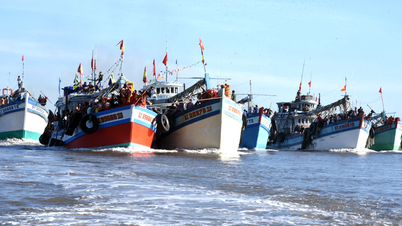

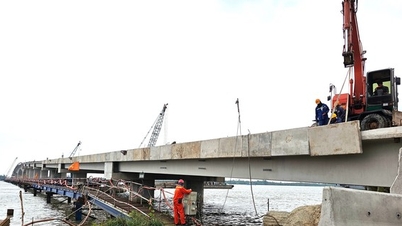











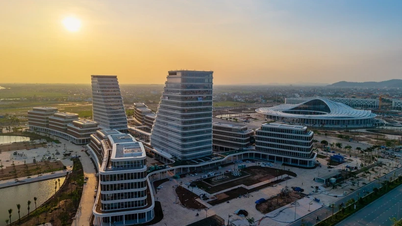






















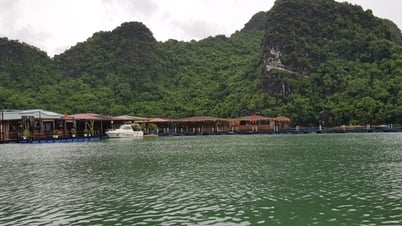











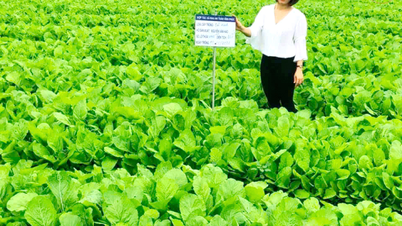




























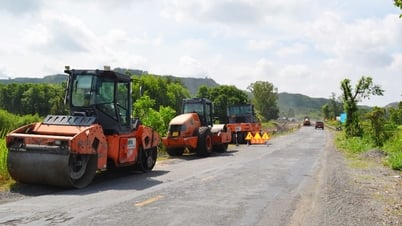








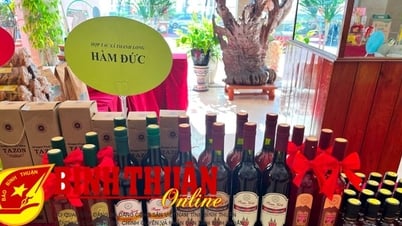



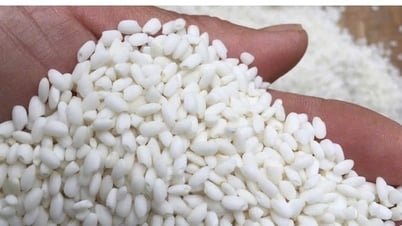






Comment (0)